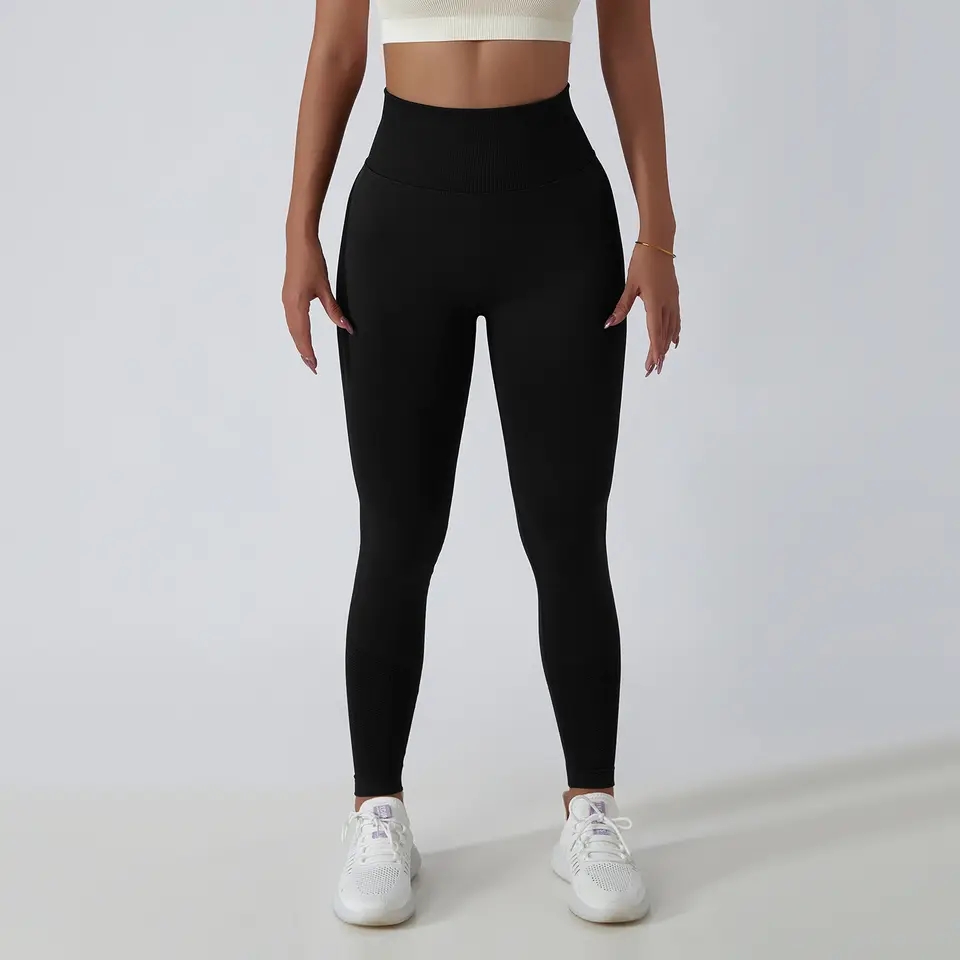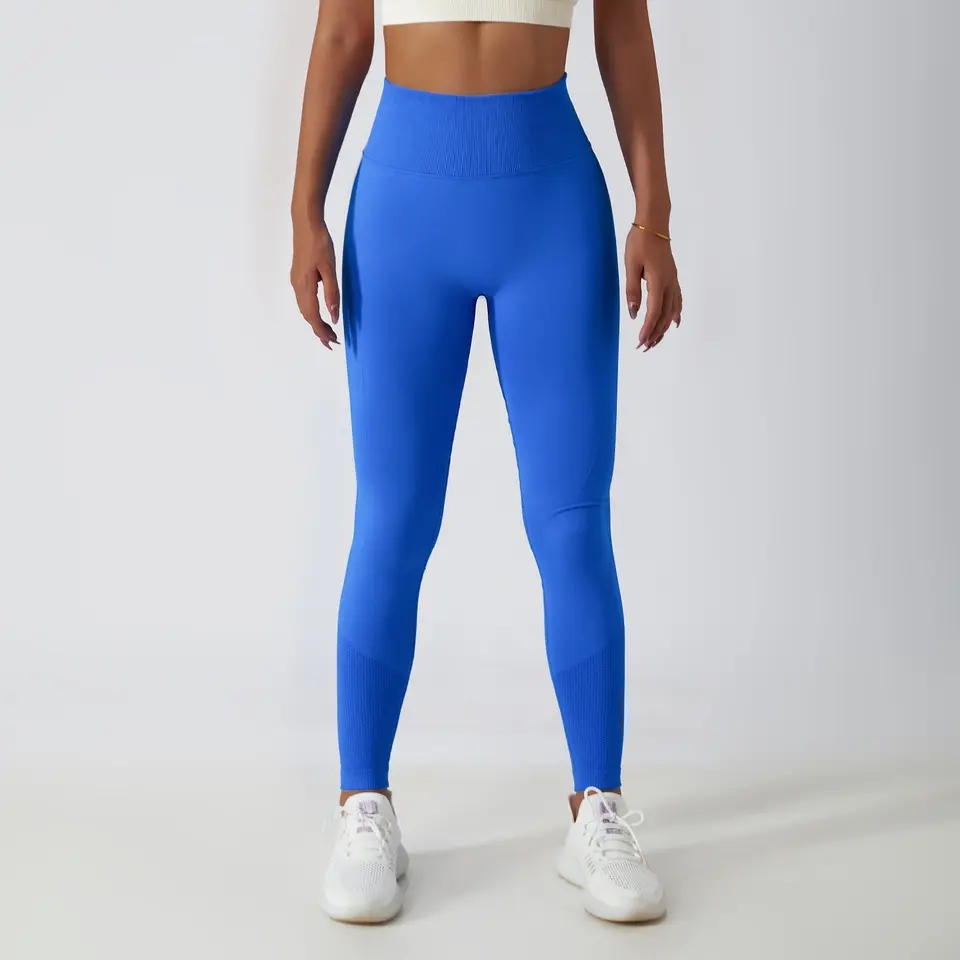Introduction: The fashion industry is experiencing a profound transformation towards sustainability and eco-conscious practices, and seamless leggings are at the forefront of this green revolution. With a growing awareness of environmental issues, seamless leggings brands are embracing sustainable manufacturing and eco-friendly innovations, leading the way towards a more sustainable and responsible future. In this article, we delve into the rise of sustainable practices within the seamless leggings industry, exploring how these eco-friendly innovations are shaping a greener and more ethical fashion landscape.
1. Eco-Friendly Fabrics: From Recycled Materials to Biodegradable Fibers: Sustainable seamless leggings are crafted from eco-friendly fabrics that minimize the environmental impact. Recycled materials, such as plastic bottles and discarded fishing nets, are transformed into high-performance yarns, reducing the reliance on virgin resources.
Moreover, some brands are exploring biodegradable fibers like Tencel and bamboo, which naturally break down in the environment, leaving behind minimal waste and contributing to a circular fashion model.
2. Low-Impact Dyeing Techniques: Water and Chemical Conservation: Ethical seamless leggings brands prioritize low-impact dyeing techniques to reduce water usage and minimize chemical pollutants. Waterless dyeing methods, such as air-dyeing or digital printing, eliminate the need for excessive water consumption during the dyeing process.
By adopting these eco-friendly practices, seamless leggings manufacturers demonstrate their commitment to responsible manufacturing and environmental preservation.
3. Circular Design: Zero-Waste Principles and End-of-Life Solutions: Circular design principles have become integral to sustainable seamless leggings production. Brands focus on designing with zero-waste principles, optimizing material usage during manufacturing to minimize textile waste.
Additionally, some brands offer end-of-life solutions for their leggings, such as take-back programs or recycling initiatives, ensuring that old or damaged leggings do not end up in landfills and instead contribute to a more circular economy.
4. Energy-Efficient Manufacturing: Reducing Carbon Footprint: Sustainable seamless leggings manufacturers prioritize energy-efficient practices to reduce their carbon footprint. They invest in renewable energy sources, implement energy-saving technologies, and optimize production processes to minimize greenhouse gas emissions.
By embracing energy-efficient manufacturing, seamless leggings brands actively combat climate change and align their operations with sustainable values.
5. Ethical Supply Chain: Fair Labor Practices and Social Responsibility: Ethical supply chain practices are integral to sustainable seamless leggings production. Brands prioritize fair labor practices, ensuring that workers throughout the supply chain are treated ethically and paid fair wages.
Moreover, some brands actively engage in social responsibility initiatives, contributing to the betterment of communities and supporting various social causes.
Conclusion: Seamless leggings are not only a stylish activewear choice but also a powerful symbol of the fashion industry’s transition towards sustainability and eco-friendly innovation. With eco-friendly fabrics, low-impact dyeing techniques, circular design principles, energy-efficient manufacturing, and ethical supply chain practices, sustainable seamless leggings brands set a precedent for responsible and conscious fashion.
Embrace the rise of sustainable manufacturing and eco-friendly innovation in seamless leggings, and you’ll discover a fashion choice that not only elevates your style but also contributes to a greener and more sustainable future for the planet. As we embrace ethical and eco-conscious practices in the fashion industry, seamless leggings become a testament to the transformative power of responsible fashion, shaping a brighter and more sustainable world for generations to come.



